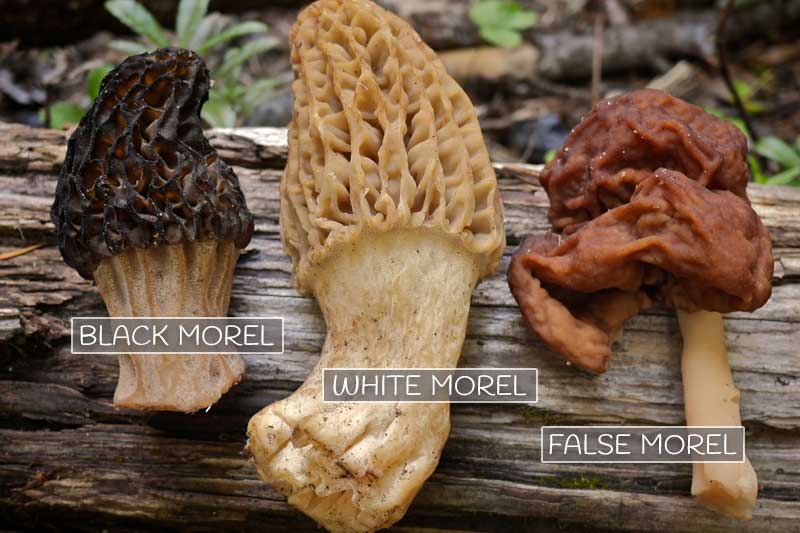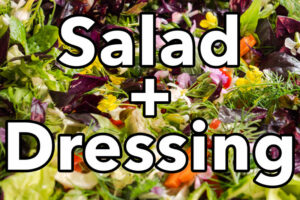Morel mushrooms are delicious! If you’ve never tried them, you’re missing out. So quit missing out and go mushroom hunting. This blog post will teach you everything you need to know about safely identifying, harvesting, and cooking morel mushrooms. Ready, set, go!
Morels are springtime mushrooms that are found throughout the United States. They usually start peeking their cone-shaped heads out of the earth in early spring when the temperatures start to rise. In my nick of the woods (the Pacific Northwest) morel hunts begin between mid April and early May. Early in the season, morels are small, tender, and much harder to find due to their size. However, as the sun continues to shine, these mushrooms grow and form into hefty scrumptious treats.
Morel mushrooms are a chef’s dream. They have a rich favor and meaty texture. For this reason they are sometimes referred to as: “Hickory Chickens.” They’re also wildly nutritious. As far as plant-based food is concerned, morels are rated as one of the best sources of vitamin D. They’re also full of B vitamins, iron, potassium, and a little protein.
Where to find morels:
Morels live in and on the edge of forested areas. They often grow around dead or dying trees. They prefer well-drained, sandy soils, and often grow on south-facing slopes. In layman’s terms, this means: go to the woods and look for partially shaded, woody soil. There you should be able to find morel mushrooms.
How to identify morel mushrooms:
Morel mushrooms have long, cone-shaped caps with deep cavities. Their caps range in color from white to brown to black. Mushroom stems are usually cream-colored. If you cut a morel mushroom in half straight down the middle, you’ll notice a neat cavity that extends the entire length of the mushroom. This is a key identifying characteristic of a morel. False morels, which are commonly confused for true morels, will not have a neat crater inside. Their crater will be mish-mashed and confusing. Please see video below for demonstration of this last point, as well as further instruction about how to properly identifying morel mushrooms.
How to eat morels:
The best way to chow down on morels is to sauté them with oil or butter and a little pepper and salt. Easy-peasy. After you’ve washed and cleaned your mushrooms from foreign forest debris follow this recipe:
Sergei’s Sautéed Shrooms
- 1 Tablespoon butter or favorite cooking oil
- ½ pound of freshly harvested morel mushrooms, cleaned and sliced
- 2-3 cloves of garlic, minced
- salt and pepper to taste
Directions: Heat butter or oil in a large pan over medium heat. Add garlic and cook until golden. Add sliced morels and cook, stirring, until they begin to exude juices, about 3-5 minutes. Add salt and pepper and continue cooking and stirring for 3-5 more minutes. Garnish with your favorite fresh herb and serve.
And remember, don’t eat something if you don’t know what it is!
Now that you’re familiar with morels, why not learn about fall mushrooms? The video below will teach you about chanterelles, lion’s mane, and more? Happy hunting!



